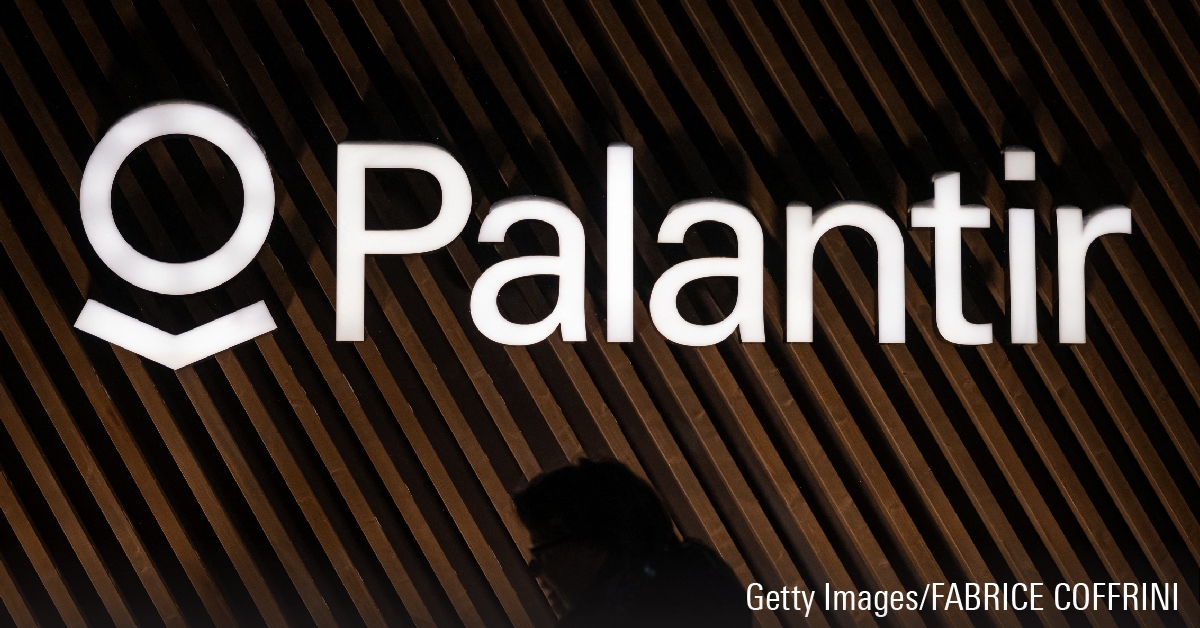If you're a fund investor, one of the best ways to improve your returns is to cut your costs. This is true for those who rely on advisors as well as do-it-yourselfers, and for both high-net-worth investors and for those of very modest means. There are savings to be had if you know where to find them, or aren't afraid to ask.
Here are six cost-saving ideas, of which at least several may apply to your personal situation:
1. As your account size grows, seek discounts
Many fund companies that serve the mainstream retail market also offer purchase options that require high minimum investments, and that charge reduced management fees.
The discount will vary, typically starting at five basis points (0.05%), and there may be various asset thresholds at which different discounts kick in. Fee reductions may be based on an individual fund, or on the total value of your assets in all funds held with that company. The asset threshold to qualify for reduced fees could also be based on the size of household assets.
The latest fund sponsor to embrace the concept of reduced fees for high-net-worth accounts is Sun Life Global Investments, which last week introduced its private-client offering featuring Series E and Series O purchase options for 53 existing retail funds.
Sun Life's fee reductions are a modest five basis points for account sizes greater than $100,000 and up to $250,000, and go up from there for a total of seven pricing tiers. The requirement for Sun Life's highest tier -- a 40-basis-point reduction -- is an account size exceeding $5 million.
Practically speaking, however, any fund company's posted rates for multi-million-dollar accounts are really only a starting point for discussion, since fees will be negotiable.
Investors who have seven-figure accounts, or somewhat less, also have access to the wider universe of pooled funds, whose sponsors range from big-name fund managers that serve all types of investors, to investment-counselling boutiques that specialize in wealthy clients.
2. Just say no to DSC funds
The deferred-sales-charge (DSC) purchase option, which has been around since the late 1980s, has declined in popularity in recent years. And deservedly so. This is generally the costliest way to invest in a fund, because of the two types of commissions that are paid to dealers by the fund company. Dealers receive not only a point-of-sale commission, but also an ongoing trailer fee, usually 0.5% a year on equity funds. Also, if you redeem before the redemption-free period (generally six or seven years) is up, you'll have to pay a redemption fee. All these costs add up, to your detriment.
3. Pay zero upfront for front-end load funds
If you deal with a commissioned broker or dealer who sells load funds, choosing the initial-service charge option (also known as a front-end load) will give you more flexibility in your holding periods, and may very well save you money. Some companies, such as Fidelity Investments Canada, have separate series for different purchase options, with front-end-load funds charging lower fees than the corresponding DSC series.
Note that dealers who sell front-end-load funds are paid trailer fees that usually amount to 1% a year for equity and balanced funds. Since they're getting these ongoing commissions from the fund company, dealers are generally willing to waive their upfront commissions that would be charged to you directly. For that reason, the amount that you should agree to pay upfront is zero.
4. Consider Series D for self-directed accounts
It's unfair for discount brokerages that provide only order execution to be paid the same trailer fees as full-service brokers and dealers. D-series funds, which are designed for do-it-yourself investors who don't want to pay for advice, address this inequity. They pay trailer fees, but at a much reduced rate, usually 0.25% a year. Among the providers of D-series funds are the RBC and Beutel Goodman fund families and, more recently, Invesco Canada and Mackenzie Investments.
5. Buy directly from the fund company
Independent direct sellers occupy a very small niche of the Canadian fund universe, but for self-directed investors they deserve a look. Excellence in investment management and low fees are an attractive combination. This group of firms includes Mawer, Leith Wheeler, Pembroke (which manages the GBC funds) and Steadyhand. Geographic restrictions may apply. For instance, direct purchases of Mawer funds are available only to residents of the four western provinces and Ontario.
6. For the cheapest fees, invest in ETFs
Last but not least, there are significant cost savings to be had from investing in exchange-traded funds. This is an old story, but one that continues to evolve. The biggest recent development in low-fee investing via index-based ETFs is from market leader BlackRock Asset Management Canada.
Effective March 25, BlackRock Canada announced fee reductions ranging from four to 35 basis points on nine of its iShares ETFs in core asset categories. Among the affected ETFs is iShares S&P/TSX Capped Composite Index XIC whose new management fee is an industry-low 0.05%.
Using ETFs from various providers, you can now build a diversified portfolio of core asset classes with management fees averaging less than 0.25%. For enhanced-indexing strategies or more specialized mandates, you're still looking at fees that are mostly less than 1%, and often much lower.
These represent meaningful cost-reducing alternatives, not only for do-it-yourselfers but also for advice-directed investors. ETFs are a particularly good fit for fee-based advisory accounts, where advice-givers' fees are paid directly by the investor and totally separate from fund-management fees.














